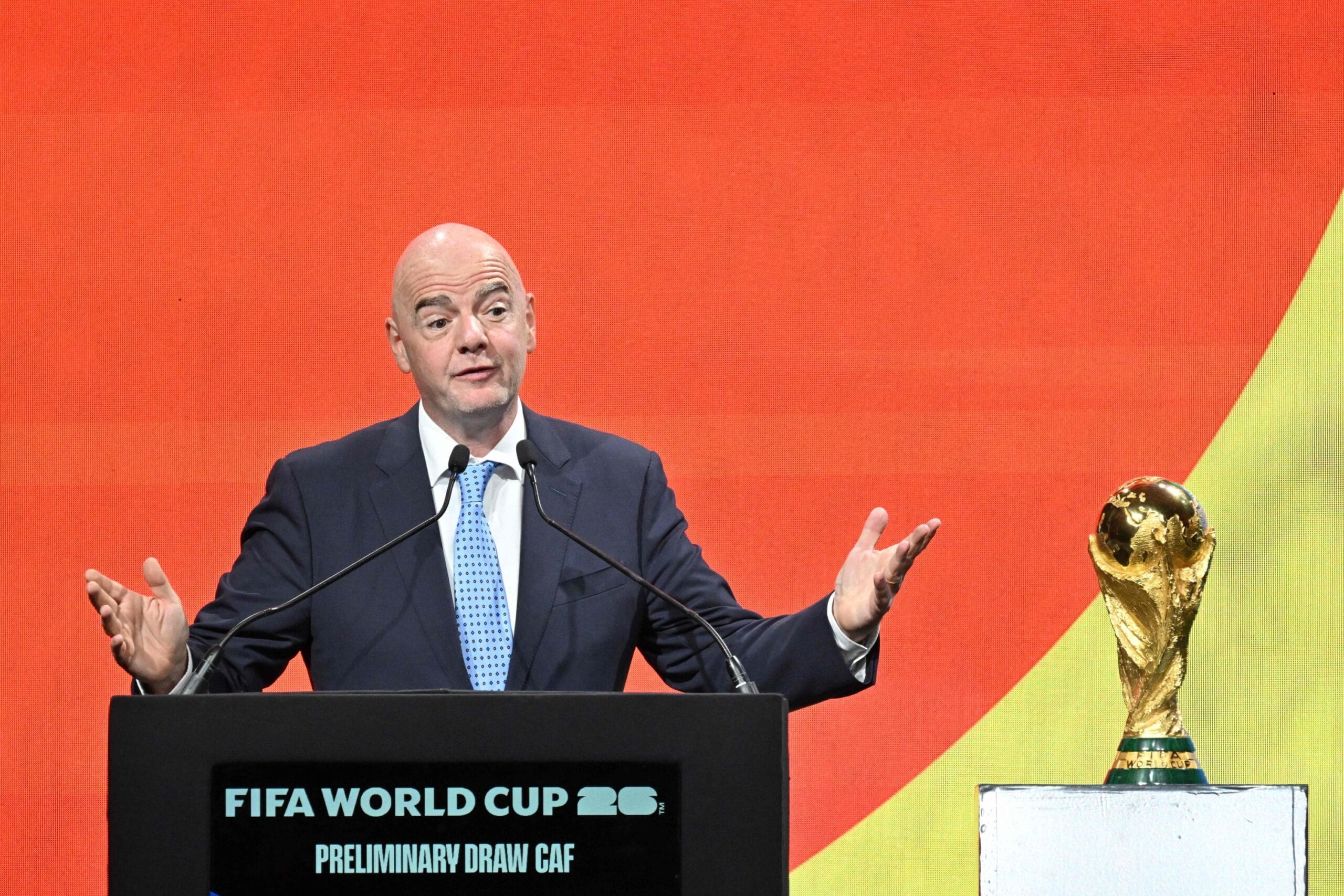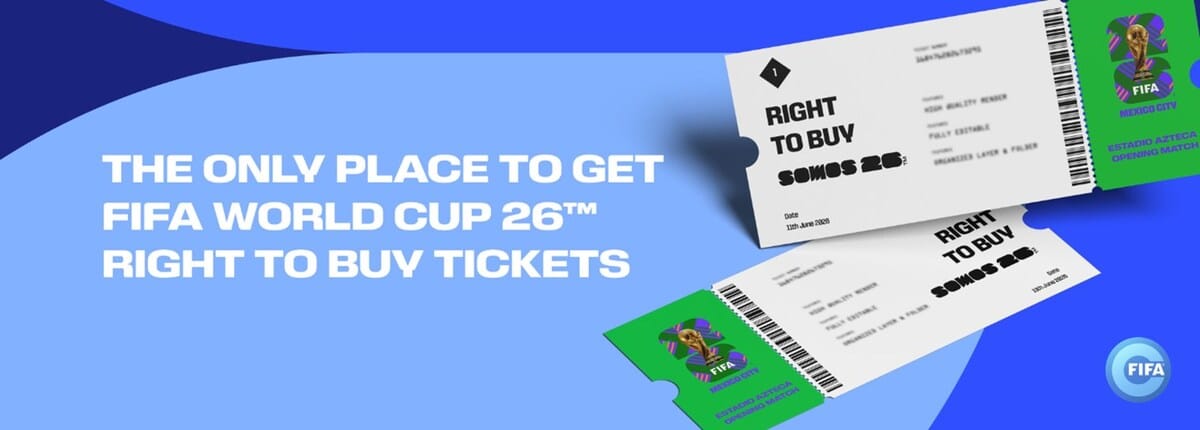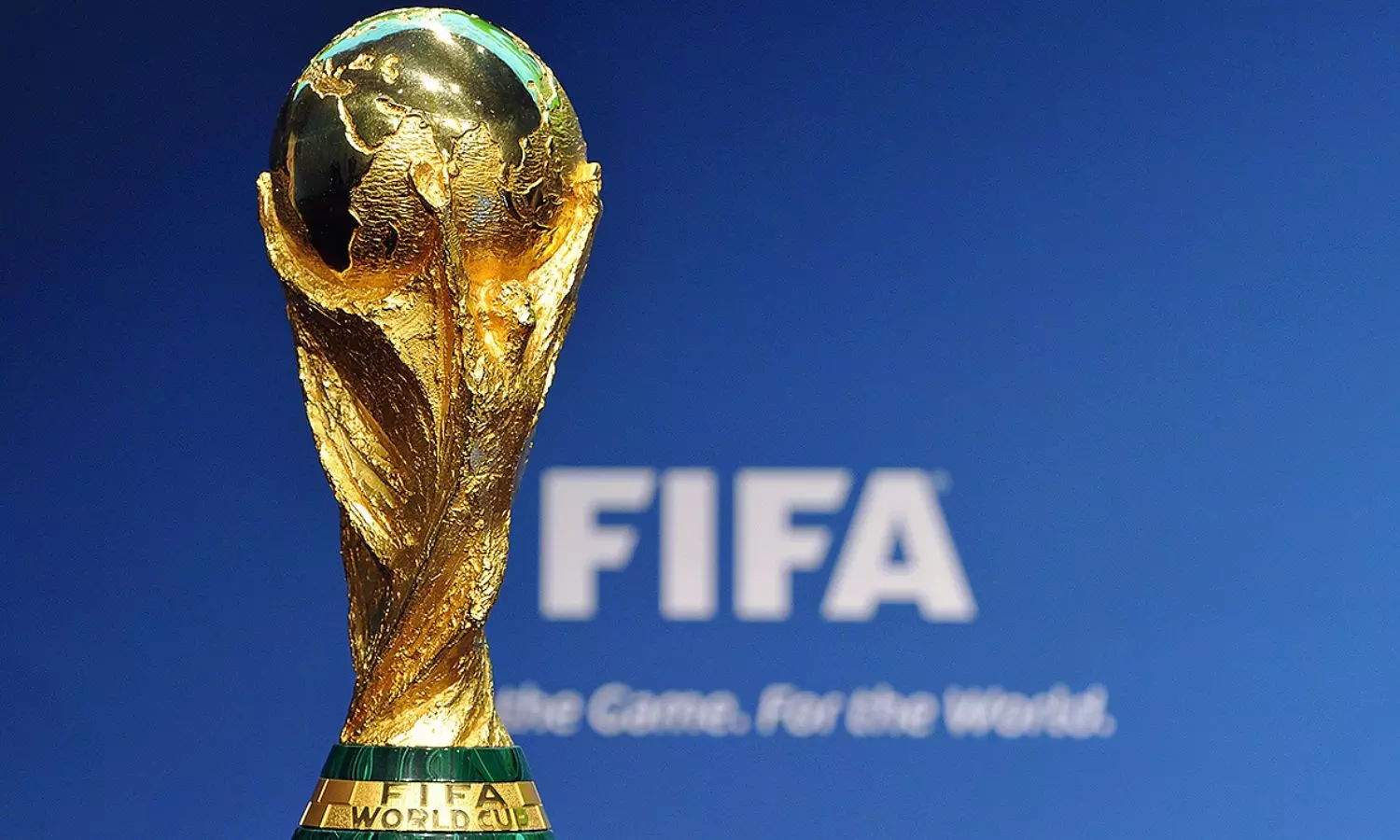The way supporters buy tickets for the 2026 FIFA World Cup will be unlike any previous tournament. For the first time, FIFA is introducing a dynamic pricing model for all ticket sales. The competition, which will be staged across the United States, Mexico, and Canada, is already historic in size and scale. Now, even the ticketing system is about to make history.

Dynamic pricing isn’t new to North American fans. The system is widely used in the NFL, NBA, Major League Baseball, and even for concerts. Prices move up and down depending on demand, sometimes changing within hours. What’s new is FIFA adopting it for the world’s biggest sporting event, and that has triggered excitement and concern in equal measure.
Why FIFA Is Doing It
At its core, dynamic pricing is simple. If demand soars, prices rise. If a match proves less attractive, prices may soften. Unlike a fixed-price model, this system constantly responds to the market. FIFA has argued that it reflects the reality of hosting in North America, where fans are already used to this approach.

The governing body tested the system during the 2025 FIFA Club World Cup in the United States. There, some tickets initially sold for high prices but later plunged, with semi-final seats falling to just over $13 before kickoff due to sluggish sales. FIFA says that won’t happen in 2026, promising that no ticket will drop below its original face value.
Source: The Guardian
What the Prices Look Like
For fans, the numbers are stark. Entry-level tickets for group matches will start at $60. At the other end of the scale, a seat at the final could cost as much as $6,730.
That’s a steep climb from the 2022 World Cup in Qatar, where ticket prices generally ranged between $69 and $1,600. FIFA has justified the hike by pointing to the expanded format of 2026, 48 nations, 104 matches, and more venues than ever before. The organization also argues that the North American sports market plays by different rules: fans are used to paying premium prices for marquee events, and the demand for seats is expected to be overwhelming.
Source: Reuters
The Sales Process
Getting tickets won’t be as simple as logging on and buying one. The process has been broken into several phases.

The first chance comes with the Visa presale draw, scheduled from September 10 to 19, 2025. Around one million tickets will be available, but only Visa cardholders can enter. Winners will be given purchasing slots in October, with limits of four tickets per match and ten matches total.
Later in October, another lottery will open to the general public. The real scramble, though, will begin after the official draw on December 5, 2025, in Washington, D.C. Once fixtures are revealed, fans will know exactly which matches they’re applying for. Tickets will again be allocated by lottery. Any leftovers will eventually move to a general sale closer to the tournament
Source: Axios
Resale and Scalping
FIFA will also operate its own resale platform. Unlike previous editions, there will be no price cap on resold tickets. FIFA claims this will undercut black-market scalpers by bringing everything into an official system.

In Mexico, the resale platform will be monitored in partnership with PROFECO, the country’s consumer protection agency. Even so, many fans and consumer groups worry this will simply drive prices higher, particularly for knockout matches.
Source: FourFourTwo
New Categories for Seats
Along with pricing, FIFA is reshaping how seats are categorized. Instead of the old model that priced tickets based on sidelines, corners, or behind-the-goal views, the 2026 system is more straightforward.

Introducing a new ticketing structure: seat categories now align with stadium levels.
- Cat 1 – Lower tiers (premium).
- Cat 2 – Suite & mid-level seats.
- Cat 3 & 4 – Upper tiers (Cat 4 is the most affordable).
- Accessible seating is available in all venues.
- Making ticket selection simpler for fans across North America.
Source: The Guardian
The Debate Around It
The changes have divided opinion. Supporters argue that it modernizes the World Cup, makes the ticketing process more flexible, and ensures stadiums are full. FIFA also stresses that revenues from ticket sales will be shared with all 211 member associations, not just the hosts.

But critics see a different picture. Many believe the policy prioritizes money over fans, pointing to soaring top-end prices and the lack of caps in the resale market. In a column for The Guardian, the approach was described bluntly as “profit at all costs.”
Source: The Guardian
What Fans Should Expect
For anyone planning to attend, timing will be crucial. The best chance at affordable tickets will come during the early draws. Waiting until later, especially for marquee games like semi-finals or the final, could mean paying far more.

The 2026 FIFA World Cup is already set to be historic. It’s the first edition hosted in three countries and the first to feature 48 teams. With dynamic pricing, it will also be remembered for changing how the world’s biggest sporting event sells access to fans. For some, it may open up new opportunities to attend matches. For others, it may put the dream of being there just out of reach.
Follow the latest article on Sportspedia Zone about:
Bookmark Sportspediazone for more sporting updates, and stay tuned!

